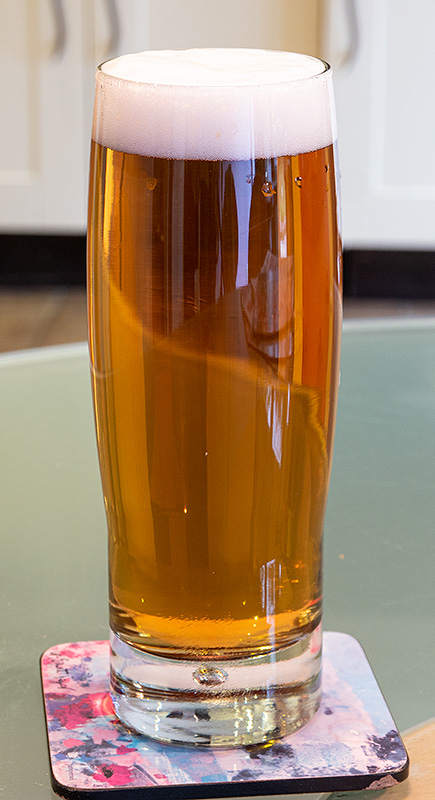This is exactly what it's about, you gotta enjoy what you're doing. Doesn't do it for me but if it blows your skirt up then more power to youI enjoy the whole yeast management thing: preparing the starter, watching it grow and keeping a supply in the fridge.

Yeah, it's a good point, something that had started to dawn on me recently actually. Just dunking the chiller in after I switch off the heat but just before I start the whirlpool for example should be plenty good enough to pasteurise. So no worries about the chiller pushing the bag onto the element.Pasteurisation at 100C takes 0.01 seconds, 0.05 seconds at 95C and 0.1 seconds at 94C. You get the idea :)
It's in the mail, coincidentally from the same seller. Thanks for the tip about boiling it on the hob first though, hadn't thought of thatI got my hop bag (and BIAB bag) from bj-filters on ebay. They're very good. If you do buy a new nylon bag give it a 5 minute boil in a pan on your hob before you use it to get rid of any production chemicals. When I did that the boil water went a pale white colour.

In my case, rather then squeeze the bag I think I would just raise the bag up and secure with clips above the level of the wort (small batch size + deep kettle in my case) and let it drain slowly while I'm waiting for the break crud to settle out for an hour or so.















































